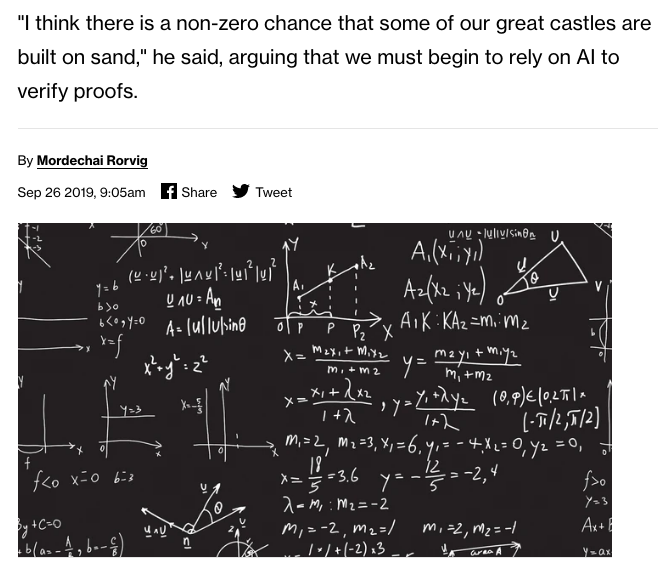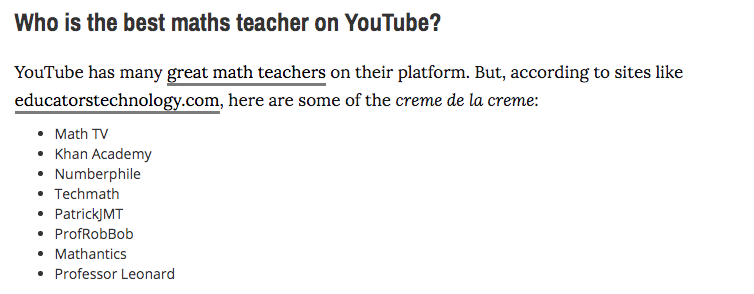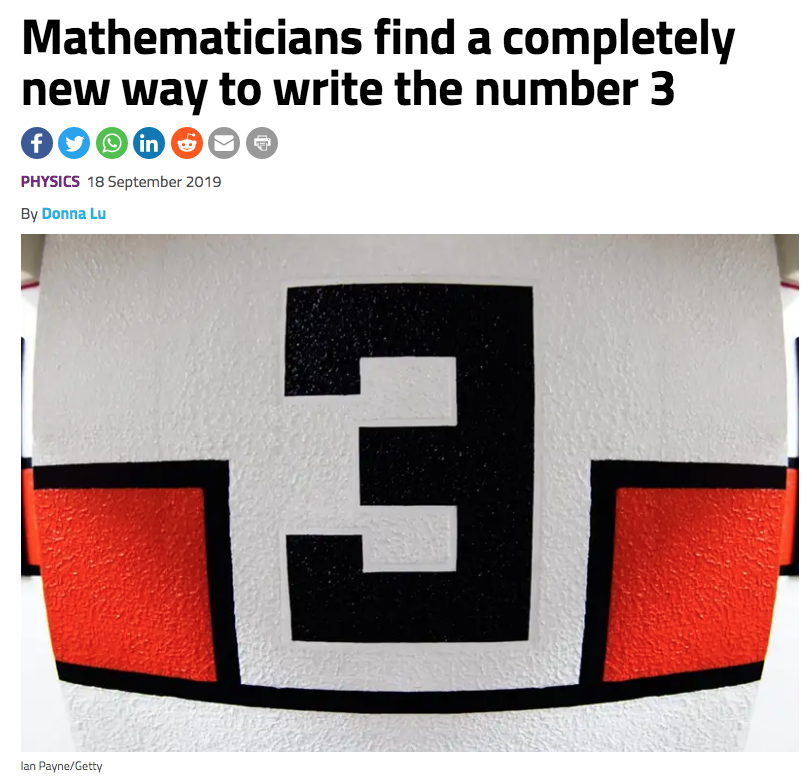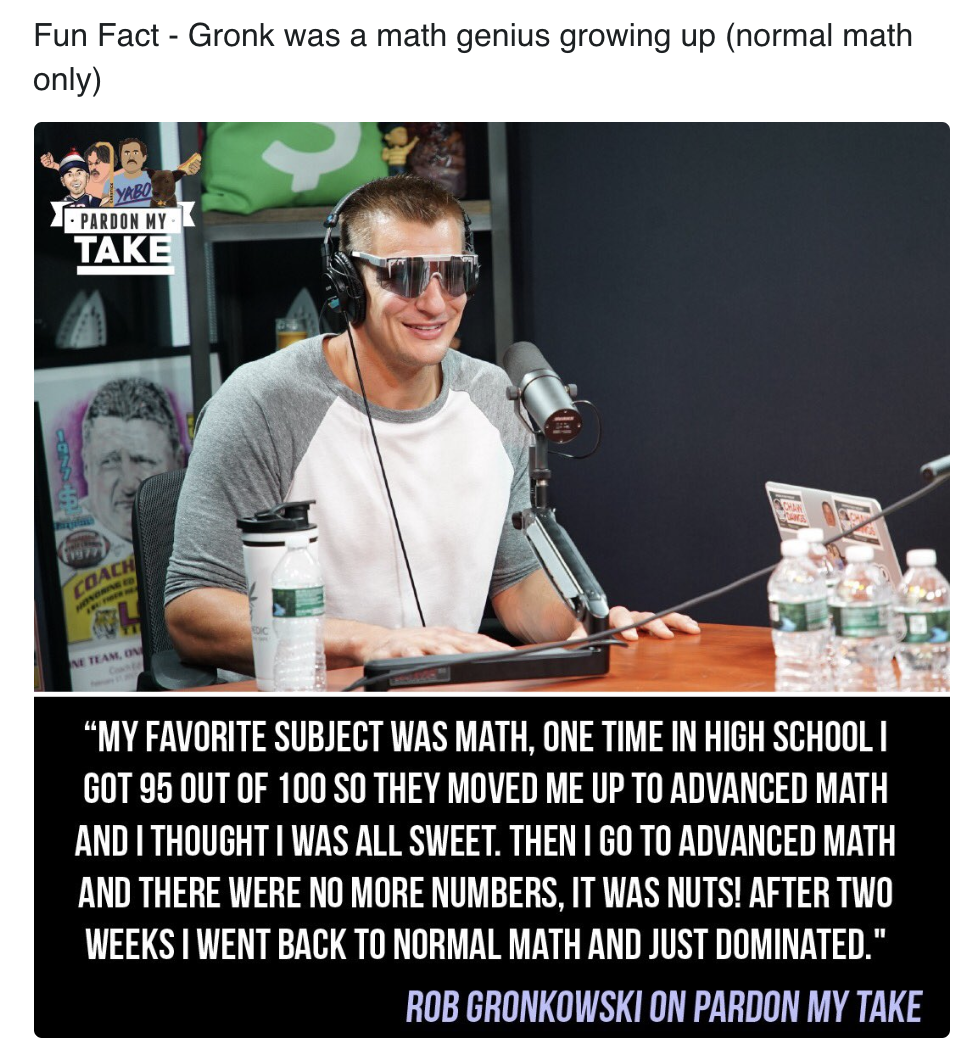I have taught Parastesh all five years (including two classes last year) and one thing that has never wavered is her ENTHUSIASM!! Sometimes, when she was in grade 8, and she'd come to my class after school (almost every day) with her great buddy at the time, it was almost TOO much. SO EXCITED!! SO LOUD! SO RANDOM (half the time I didn't know what they were even squealing about)! They'd arrive around 3:10 and each be telling competing stories at the same time, interrupting each other, changing the stories completely, etc and suddenly, around 3:30, they would disappear... and a total silence would fall over my classroom. I'd sit there feeling a bit worn out, like a giant storm had just passed.
But you can't help but love Parastesh. She's ALWAYS so good-natured, so positive (the sort of person that when she complains about stuff it seems like she is joking), and so kind. She has given me many compliments over the years and I am thankful for every one!
Parastesh reinvented herself as a Math student over the past five years. In grade 8 and 9 (and even grade 10) she did next to no homework. I'd try to urge her to do so and she would always laugh and say "I don't do homework". But in grade 11 something happened (it may have had something to do with her mom laying down the law) and she suddenly became a math-homework-completion fiend... in TWO math courses no less (PreCalculus 11 AND Foundations 11). I now consider her a very capable AND a very DILIGENT Math student. Way to go, P.S.!!
It's been so fun to teach you, Parastesh. May you never lose your GIANT personality, your incredible sense of humour, and your wonderful smile. Thanks for all the good laughs we have shared. I wish you nothing but the best in the years ahead. Love ya!







 RSS Feed
RSS Feed